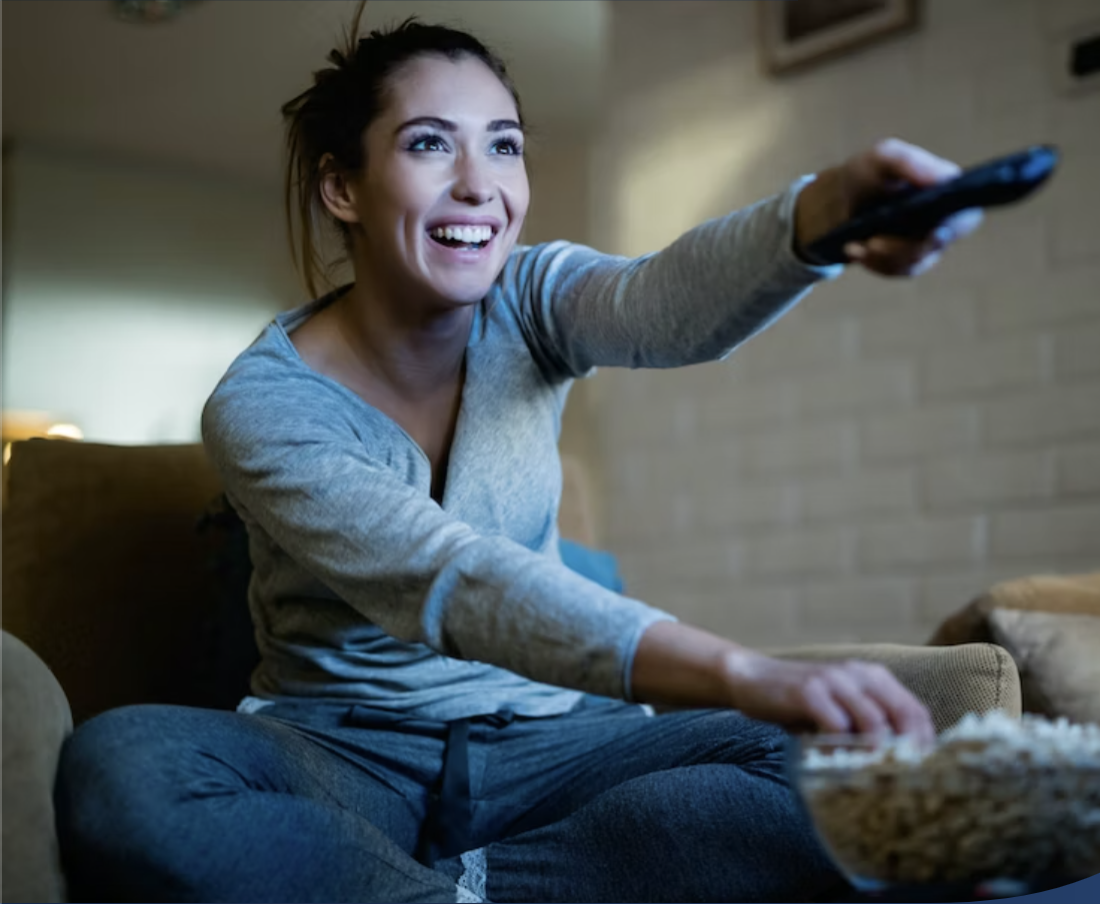True Convergence: How Best Practices Translate from Digital to CTV and Linear
Digital advertisers know that a proposal should rarely, if ever, be limited to one format

The tremendous growth of CTV over the past decade has led to increasingly blurred lines between linear TV and digital. Despite this shift, advertisers and brands are still tempted to look at each platform in a silo to determine the optimal campaign setup.
The topic of convergence was a prominent discussion throughout Advertising Week New York this year, making it clear that industry leaders need to start implementing operational best practices now if we truly wish to see the convergence we keep speaking of.
As media types converge, valuable practices from TV can be applied to the digital, and vice versa, with the opportunity to bring new ideas from digital to linear campaigns. Let’s explore best practices from each platform and how they can be applied in a convergent media landscape.
Bridging the Gap Between Linear and Digital Targeting
One of the great strengths of digital advertising is the power of geotargeting. Within digital advertising, the ad server targets the mobile device, serving ads based on the physical geolocation of said device. This is the power that feeds you iced tea ads on your phone when you’re visiting Florida in January. But when it comes to targeting across linear, household TVs are immobile. Enter: addressable advertising.
Digital targeting capabilities can be applied to linear TV through addressable technology, which has been steadily growing for the past 10 years and is expected to account for 6.1% of total TV ad spend in 2024. By using addressable, advertisers can accurately target their audience at the subscriber and household level.
For example, a regional fast-food restaurant wants to target diners in their area without having to invest in a nationwide media buy. By combining the scale of linear advertising with precision addressable targeting, the restaurant can hone in on the specific audience segments within that geographical location, resulting in efficient and accurate reach. This approach also allows for greater control over audience overlap and more accurate measurement of outcomes.
The Key to Effective Ad Scheduling
Proper scheduling has always been a key strategy and best practice in TV advertising. TV ads must be aired at specific times during programming schedules, requiring careful planning and consideration of various factors to ensure that the ad reaches the intended audience at the right time.
Let's take a national soft drink brand as an example. Suppose the brand wants to target men between the ages of 18-34. Live sporting events, such as Monday Night Football, have a large number of engaged viewers, making it a highly effective advertising opportunity. Therefore, the soft drink company knows to plan its advertising campaigns accordingly to ensure that it can advertise during the desired timeslot.
Now what if we transferred this practice to digital? Unlike live TV ad scheduling, digital ads have traditionally been displayed at any time with frequency caps set for the entire campaign upfront. However, linear scheduling practices can be adapted to digital platforms by taking into account the context in which ads are being displayed, as well as the linear timing of the events advertisers want to target, such as live sporting events.
By timelocking advertising dollars to marquee events, advertisers need to account for the timing of the game, and other factors like overtime, to make sure their messages air during the correct time frame. Nobody wants to blow all their budgeted impression goals before kick-off.
The Art of Packaging
Digital advertisers know that a proposal should rarely, if ever, be limited to one format. Instead, it is much better practice to package multiple types of ad opportunities to reach key audiences frequently and effectively. With the rise of new technologies and platforms, even TV buyers can take a page out of digital strategy and consider alternate ad formats as well.
This shift toward diversification of ad formats is similar to the display advertising space, where buyers must consider both rotational banners and video ads to create a comprehensive ad campaign. It is imperative for investment leads in TV advertising to remain abreast of emerging trends and technologies to ensure that their advertising campaigns are impactful and engaging.
For instance, Pause Ads are now being shown within live TV environments, and can (read: should) be packaged with traditional commercial spots in order to achieve campaign objectives. We’re also discovering that linear ads can be shoppable now, and packaged accordingly.
Just last year, we saw Coinbase’s QR code take over millions of screens around the world during Super Bowl LVI, becoming one of the most talked-about ads of the year. Its simple approach to viewer engagement was so successful that in the 60 seconds it ran, it generated more than 20 million hits on Coinbase’s landing page and even crashed the platform’s app.
When it comes to advertising, it's important to cover all bases. Advertisers want to make sure that they are reaching their target audience strategically during their viewing experience. With so many different platforms to choose from, it's a good idea to mix things up and try different ad formats and packaging. That way, the message won't get lost in the shuffle.
Each platform has its own strengths when it comes to advertising, so we should take the best parts from each and use them to create a cohesive approach. Operational capabilities like targeting, scheduling, and packaging are just the beginning of what we can do to make our ad campaigns more effective, and, by extension, resonate with our audiences. By learning from both sides of the equation, we can create campaigns that really make an impact.
Get the TV Tech Newsletter
The professional video industry's #1 source for news, trends and product and tech information. Sign up below.
Rose McGovern is Head of Programmatic and Digital Ad Sales at DirecTV, responsible for leading Digital Direct and Programmatic Account Services, Ad Operations, Digital Integrations along with Digital Inventory & Yield management across all digital products and endpoints. Prior to her recent appointment at DireTV, she led Digital Client Success, Ad Operations & Programmatic Operations at Warner Media Ad Sales across the portfolio and was part of the team responsible for launching HBO Max with Ads.

